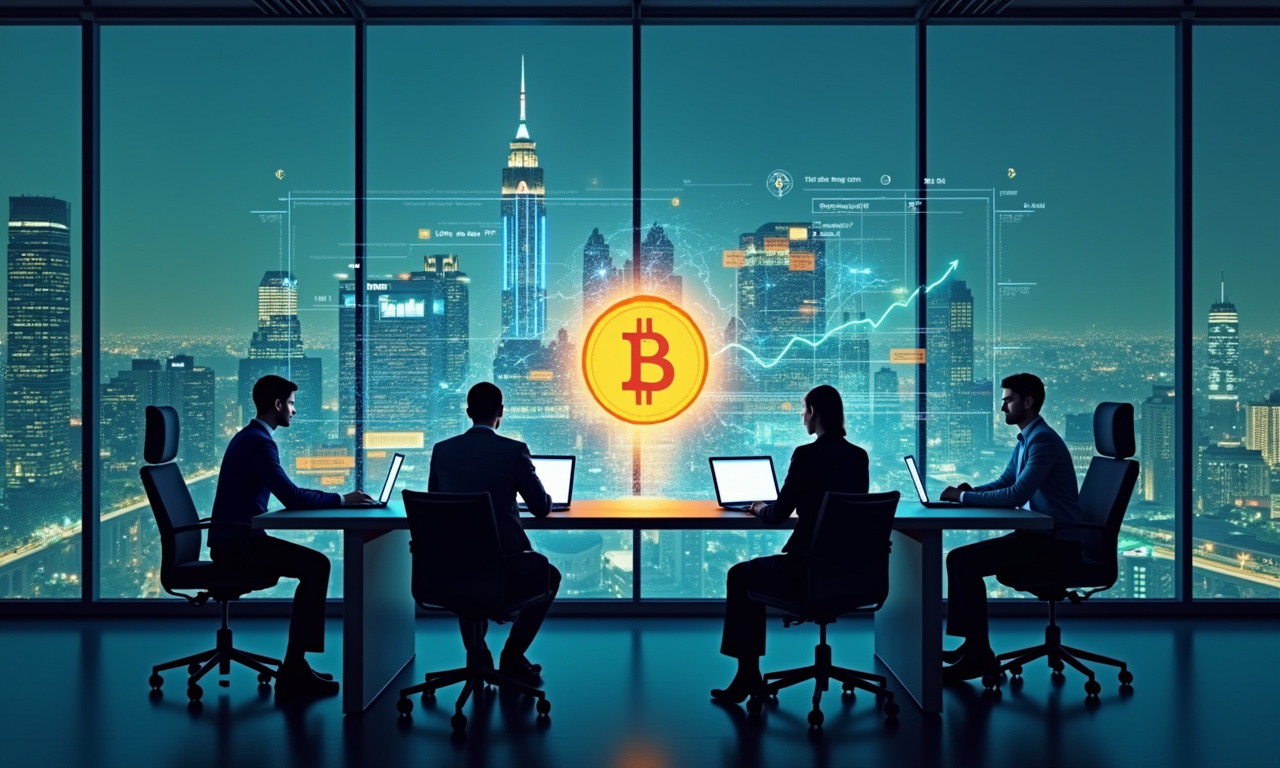Developed in 2012 by crypto fintech company Ripple Labs, XRP functions differently than most digital currencies. Contrary to Bitcoin and other cryptocurrencies which are built upon the concept of mining, all 100 billion XRP were pre-mined at the very start. This pre-mined nature means that XRP cannot be mined through mechanisms like proof-of-work or proof-of-stake. The overall supply of XRP is gradually depleting as transaction fees reduce the total amount in circulation. With every transaction, a small amount of XRP—specifically 0.00001 units—gets destroyed. XRP powers ultra-fast and low-cost transactions, with an average transaction time of 3-5 seconds and an average transaction fee of $0.0002. It can serve as a bridge currency, allowing very low-cost near-instantaneous trading between any two currencies. As of today, XRP’s price is around $2-$3. If Ripple’s solutions find widespread adoption or if the overall market rebounds sharply, XRP’s value may increase significantly. Getting there would take years and require a significant boom in the market. Users can obtain XRP by purchasing it on exchanges, receiving it through liquidity mining, or through airdrops. In addition, to keep spam off the network, a minimum of 10 XRP is necessary to activate any XRP wallet.
The Origins and Nature of XRP
Ripple Labs created XRP back in 2012. Different from Bitcoin and other cryptocurrencies, XRP does not rely on mining to create new coins. Rather than relying on miners to generate new XRP, all 100 billion XRP tokens were pre-mined—that’s to say, they were all created at once and distributed by Ripple Labs. This targeted approach has significant implications for how XRP is distributed, managed, and transacted.
XRP is unique in that it was pre-mined, meaning that people can’t mine it with their office computers or dedicated ASIC machinery. In cryptocurrency, like Bitcoin, mining is the act of using powerful computers to solve complicated math problems. During this process, transactions are checked for validity and new blocks are generated, rewarding miners with newly minted coins. XRP’s architecture avoids this process entirely, since all tokens are already created.
The total supply of XRP is slowly decreasing over time as transactions burn or destroy a portion of the transaction fee. With each transaction on the XRP ledger, a small amount of XRP—about 0.00001 units—gets destroyed. This mechanism is meant to create scarcity gradually, which could affect its value.
How XRP Works
XRP is one of the fastest and most efficient ledgers available today, enabling real-time global payments in 3-5 seconds at a very low cost. This speed and efficiency combined has made it an ideal choice for international payments. It’s perfect for any high-frequency application, too, where rapid finality of settlement matters. Unlike other cryptocurrencies that get bogged down and expensive at times of high demand, XRP promises to be faster and more reliable.
One of the posited key features of XRP—the distributed ledger behind ripple—is as a bridge currency. It can enable faster payments across borders and in multiple currencies. This makes it possible for a payment sent in one currency to be received in another nearly instantaneously. This cross-border capability can significantly simplify international transactions, often eliminating the need for intermediaries while lowering transaction costs.
Notably, the price of XRP today is about $2-$3, so even by market standards, it has retained a fairly high price since trading begun. We know how quickly cryptocurrency prices can fluctuate. Like any asset, they are subject to the whims of market sentiment, regulatory announcements and adoption rates. Ripple general investors speculated that widespread adoption of Ripple’s payment solutions would increase demand and therefore prices for XRP. Deep changes in market equilibrium would be required for big price jumps.
Acquiring and Earning XRP
XRP is not mineable, there are various ways to obtain it. These range from directly purchasing it on exchanges, earning it via liquidity mining or across multiple airdrop distributions. Each of these approaches has its own policy considerations and potential advantages.
Buying XRP on exchanges is the easiest option for purchasing the digital asset. Platforms such as Binance, Coinbase and Kraken allow for the trading and purchase of XRP with other cryptocurrencies or fiat currencies. When you buy XRP, remember to factor in the exchange fees and market price volatility.
Liquidity mining provides yet another alternative to earn XRP. This process includes adding XRP and one additional cryptocurrency to a liquidity pool. Liquidity pools are the underlying technology that powers decentralized exchanges (DEXs), allowing trading between virtually any two cryptocurrencies. By supplying liquidity to the pool, users get to keep a fraction of the trading fees the pool collects.
Joining in airdrops XRP can also be purchased in airdrops, events where crypto start-ups give away free coins. Typically, airdrops are multi-million-dollar giveaways of cryptocurrency tokens, which projects need to sign up new users in droves. Speculative airdrops are often seen as an opportunity to get free tokens. While the above-mentioned airdrops are completely safe in nature, always be aware and participate only in real airdrops from genuine sources. Websites such as CoinMarketCap create lists of legitimate airdrops, allowing users to skip the scams.
Understanding Liquidity Pools
Liquidity pools require you to deposit two crypto assets in a trading pair. For instance, you can convert XRP to a stablecoin such as USDT or another asset like Ethereum. These pools allow decentralized exchanges to provide liquidity for trading without using centralized or institutional order books. In exchange for supplying liquidity, users are rewarded with a portion of the trading fees.
The ratio of the two assets in a liquidity pool depends on the pool's requirements, often a 50:50 value split. For instance, if you provide liquidity to a pool with XRP and USDT, you need to provide an equal value of both assets. This provides equilibrium and dynamism within the pool. For example, if XRP is worth $2 and USDT is worth $1, you would need to provide 500 XRP and 1000 USDT to meet the 50:50 ratio.
Any time you provide liquidity to a pool, there are risks associated with it, namely impermanent loss. Impermanent loss occurs specifically when the price of one of the assets in the liquidity pool moves as compared to the other. This policy change is met with a one-time drop in value. Fees earned may cover this loss, but it is important to know the risks involved before getting started with liquidity mining.
Wallets and Activation
XRP wallets To store and manage XRP, users first require an XRP wallet. Many wallets support XRP, such as Xaman and Ledger. These wallets provide a convenient and secure way for users to send, receive, and store XRP.
XRP has a 10 XRP minimum balance to activate a wallet. This requirement exists to discourage the creation of spam accounts on the XRP ledger. After the wallet is activated with at least that minimum amount, users can start transacting with XRP.
Ledgers hardware wallets guard your XRP with an additional layer of security, so they are a great option to store your XRP on. Hardware wallets keep private keys stored offline, safeguarding them against cyberspace threats and hackers. Xaman is a software wallet aimed at providing a simple interface for promoting awareness and adoption of XRP.
Market Factors and Future Outlook
Naturally, the price of XRP, like any other cryptocurrency on the market, is heavily impacted by market factors, such as adoption, regulatory developments, and overall market sentiment. Positive news, such as partnerships with major financial institutions or favorable regulatory rulings, can drive up the price of XRP. On the other hand, bad news — including a market correction or bear market — can trigger price decreases.
Widespread adoption of Ripple's payment solutions could significantly impact the price of XRP. If more financial institutions and businesses begin adopting Ripple’s technology for cross-border payments, we would certainly expect an increase in demand for XRP. This new wave in demand would likely increase XRP’s price. Adoption rates will be contingent on many factors, not the least of which will be regulatory clarity and competition from other payment solutions.
Cashing out Assuming Ripple is successful, producing a price of $1000 for XRP would mean a total 300-500x increase from today’s price. This would require a massive market rally and XRP to go truly viral. While such a price increase is technically feasible, achieving it would require years and is fraught with major market unknowns.
Risks and Considerations
As with all cryptocurrencies, investing in XRP carries risk. These risks encompass market volatility, regulatory uncertainty, and security threats, among others. It’s important to know these risks before purchasing XRP.
Market volatility affects XRP’s price. Any negative shift often results in major fluctuations. The cryptocurrency market itself is highly volatile and XRP is no exception. Prices are going to drop, so investors need to be ready for the risk that prices drop suddenly and dramatically.
Regulatory uncertainty is another risk factor. The regulatory landscape for cryptocurrencies is still taking shape, and any changes in regulations could influence the price of XRP. As said above, it is absolutely critical that cryptocurrency developers and advocates remain informed about these regulatory developments.
Development Security threats involving hacking and or even theft of designs are becoming rampant. Cryptocurrency exchanges and wallets are frequent targets for hackers, so users must ensure the security of their XRP. This means implementing measures like using complex passwords, activating two-factor authentication, and keeping XRP in safe wallets.




